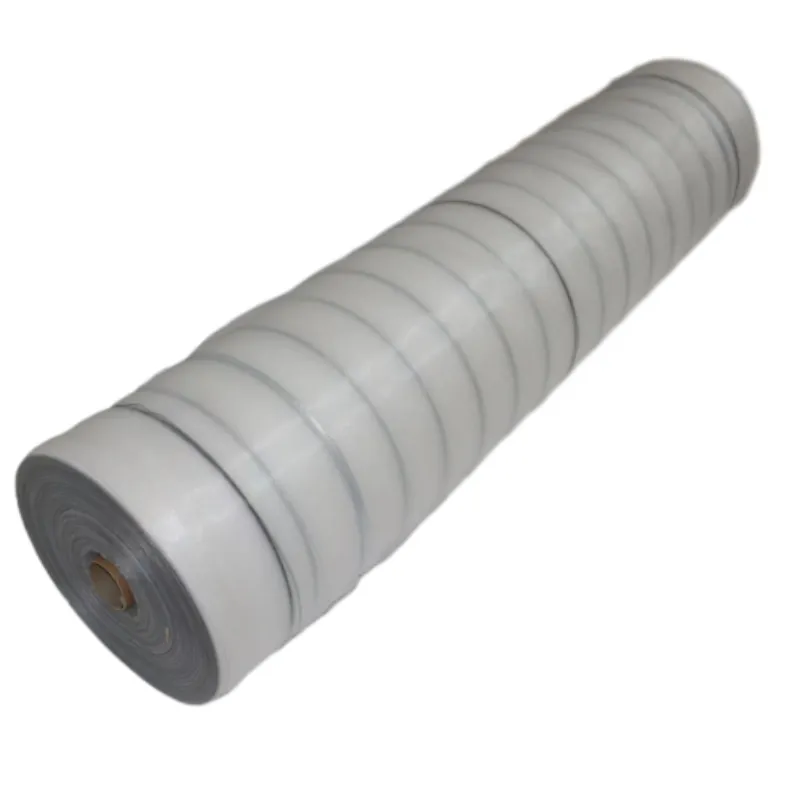-
 Afrikaans
Afrikaans -
 Albanian
Albanian -
 Amharic
Amharic -
 Arabic
Arabic -
 Armenian
Armenian -
 Azerbaijani
Azerbaijani -
 Basque
Basque -
 Belarusian
Belarusian -
 Bengali
Bengali -
 Bosnian
Bosnian -
 Bulgarian
Bulgarian -
 Catalan
Catalan -
 Cebuano
Cebuano -
 China
China -
 Corsican
Corsican -
 Croatian
Croatian -
 Czech
Czech -
 Danish
Danish -
 Dutch
Dutch -
 English
English -
 Esperanto
Esperanto -
 Estonian
Estonian -
 Finnish
Finnish -
 French
French -
 Frisian
Frisian -
 Galician
Galician -
 Georgian
Georgian -
 German
German -
 Greek
Greek -
 Gujarati
Gujarati -
 Haitian Creole
Haitian Creole -
 hausa
hausa -
 hawaiian
hawaiian -
 Hebrew
Hebrew -
 Hindi
Hindi -
 Miao
Miao -
 Hungarian
Hungarian -
 Icelandic
Icelandic -
 igbo
igbo -
 Indonesian
Indonesian -
 irish
irish -
 Italian
Italian -
 Japanese
Japanese -
 Javanese
Javanese -
 Kannada
Kannada -
 kazakh
kazakh -
 Khmer
Khmer -
 Rwandese
Rwandese -
 Korean
Korean -
 Kurdish
Kurdish -
 Kyrgyz
Kyrgyz -
 Lao
Lao -
 Latin
Latin -
 Latvian
Latvian -
 Lithuanian
Lithuanian -
 Luxembourgish
Luxembourgish -
 Macedonian
Macedonian -
 Malgashi
Malgashi -
 Malay
Malay -
 Malayalam
Malayalam -
 Maltese
Maltese -
 Maori
Maori -
 Marathi
Marathi -
 Mongolian
Mongolian -
 Myanmar
Myanmar -
 Nepali
Nepali -
 Norwegian
Norwegian -
 Norwegian
Norwegian -
 Occitan
Occitan -
 Pashto
Pashto -
 Persian
Persian -
 Polish
Polish -
 Portuguese
Portuguese -
 Punjabi
Punjabi -
 Romanian
Romanian -
 Russian
Russian -
 Samoan
Samoan -
 Scottish Gaelic
Scottish Gaelic -
 Serbian
Serbian -
 Sesotho
Sesotho -
 Shona
Shona -
 Sindhi
Sindhi -
 Sinhala
Sinhala -
 Slovak
Slovak -
 Slovenian
Slovenian -
 Somali
Somali -
 Spanish
Spanish -
 Sundanese
Sundanese -
 Swahili
Swahili -
 Swedish
Swedish -
 Tagalog
Tagalog -
 Tajik
Tajik -
 Tamil
Tamil -
 Tatar
Tatar -
 Telugu
Telugu -
 Thai
Thai -
 Turkish
Turkish -
 Turkmen
Turkmen -
 Ukrainian
Ukrainian -
 Urdu
Urdu -
 Uighur
Uighur -
 Uzbek
Uzbek -
 Vietnamese
Vietnamese -
 Welsh
Welsh -
 Bantu
Bantu -
 Yiddish
Yiddish -
 Yoruba
Yoruba -
 Zulu
Zulu
Innovative Applications of Lightweight Expanded Plastic Mesh in Various Industries
Expanded Plastic Mesh Versatility and Applications
Expanded plastic mesh is a versatile material that has gained significant popularity in various industries due to its unique properties and wide range of applications. This mesh is fabricated by slitting and stretching sheets of plastic, resulting in a two-dimensional mesh with openings that can vary in size depending on the intended use. The process not only enhances the material's flexibility but also optimizes its weight and durability.
One of the primary advantages of expanded plastic mesh is its lightweight nature. This makes it an ideal choice for applications where weight is a critical factor, such as in the aerospace and automotive industries. The mesh can be easily manipulated, allowing for efficient handling and installation. Moreover, its robust structure provides excellent resistance to impact, making it suitable for protective applications.
The use of expanded plastic mesh in construction and architecture has become increasingly common. It serves as a reliable reinforcement material in concrete applications, ensuring greater structural stability. The mesh can also be utilized as a decorative element in facades and partitioning, contributing to modern design aesthetics while maintaining functionality. With its weather-resistant properties, expanded plastic mesh can endure harsh outdoor environments, making it a preferred choice for outdoor architecture.
In the agricultural sector, expanded plastic mesh is widely used for various purposes, including crop protection, fencing, and shading. The mesh allows air and light to penetrate while providing adequate protection against pests and environmental factors. Its flexibility allows farmers to create customized solutions tailored to specific crops and field conditions, enhancing productivity while minimizing damage.
expanded plastic mesh

Another significant application of expanded plastic mesh is in aquaculture. The mesh serves as a durable and reliable material for fish farming enclosures, allowing water circulation while keeping fish contained. This property ensures a healthier environment for aquaculture, promoting growth and reducing mortality rates. Additionally, the mesh is resistant to corrosion and biological degradation, making it a long-lasting option in aquatic environments.
In the realm of sports and recreation, expanded plastic mesh is often used in the production of equipment and protective gear. It is utilized in sports nets, backpacks, and protective barriers for various sports, providing an optimal balance between strength and flexibility. The mesh can absorb shock while ensuring that safety remains a priority in recreational activities.
Furthermore, the manufacturing sector has also embraced expanded plastic mesh for its applications in packaging and storage. Its structure allows for ventilation, reducing moisture buildup and ensuring that products remain safe and fresh during transportation and storage. This characteristic is particularly beneficial for perishable goods, where air circulation is paramount.
Lastly, the environmental impact of expanded plastic mesh should be acknowledged. Many manufacturers are now producing this material using recycled plastics, contributing to sustainable practices within various industries. This shift not only decreases the reliance on virgin materials but also promotes a circular economy where materials are reused and repurposed.
In conclusion, expanded plastic mesh is an innovative material with diverse applications spanning multiple industries. Its lightweight, durable, and versatile properties make it an ideal choice for construction, agriculture, aquaculture, sports, and packaging. As industries increasingly seek sustainable solutions, the continued use and development of expanded plastic mesh promise to play a vital role in meeting these demands while fostering environmental responsibility. With ongoing research and advancements in material science, the future of expanded plastic mesh looks bright, paving the way for even more innovative applications.
-
Shipping Plastic Bags for Every NeedNewsJul.24,2025
-
Safety Netting: Your Shield in ConstructionNewsJul.24,2025
-
Plastic Mesh Netting for Everyday UseNewsJul.24,2025
-
Nylon Netting for Every UseNewsJul.24,2025
-
Mesh Breeder Box for Fish TanksNewsJul.24,2025
-
Expanded Steel Mesh Offers Durable VersatilityNewsJul.24,2025











